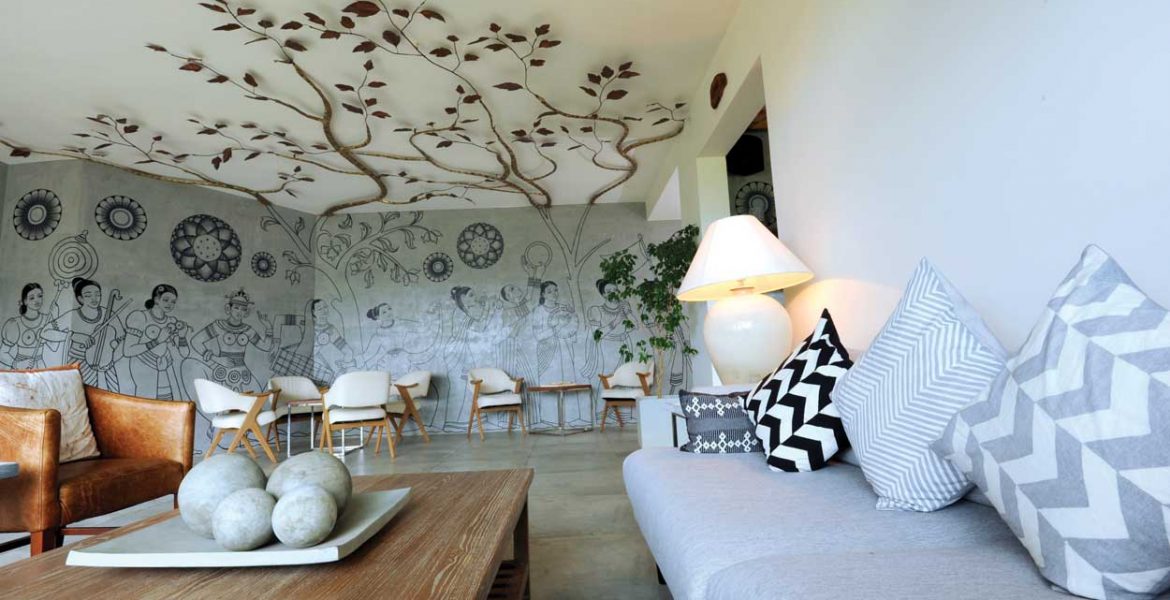The integration of art into the city’s architectural spaces
Nandike Samaranayake in conversation with Nicola Jayasundera
Having commenced his career as an IT professional, Nandike Samaranayake decided to follow his creative side at the age of 23 and pursue architecture, having being urged by friend and architect Vinod Jayasinghe. Today, his work in this sphere evokes awe and excitement, coupled with a sense of peace and tranquillity.
Though he doesn’t consider any project to be better than another, the most memorable point in his career so far was working as Murad Ismail’s project architect and the completion of the Four Seasons Resort Maldives in Landaa Giraavaru. The opening of M2M Veranda Offices and its rooftop sculpture garden was another memorable moment, he says.
Q: What’s your take of the current policies applying to architecture and construction?
A: Sri Lanka remains one of the most difficult countries in which to obtain development approvals. This is due to red tape rather than stringent controls.
In the past, the Strategic Development Projects Act (No. 14 of 2008) and one stop shop for hotel development mitigated this problem to a great extent. But because they are not operational today, we have sunk back into the mire. This situation must be remedied quickly to attract and promote investment.
Q: How effective is Sri Lanka in promoting its architecture and the arts?
A: Most modern public buildings and urban spaces are humanised by the integration of art. Take the M2M Veranda Offices, for example where all sculpture displays were sourced by the client through a Canadian curator – this, despite my efforts to feature at least one or two sculptures by Sri Lankan artists.
This was because the few local curators of art here didn’t respond in time; so it cost several artists a rare opportunity.
State policies should support exposure for artists by regulated, educated and experienced curators, through both public and private art galleries.
Q: What changes in consumer demand can we expect in the construction industry?
A: I think the so-called ‘luxury condominium’ demand is saturated in the country. This is why I believe that the Colombo International Financial Centre (CIFC – a.k.a. Port City) will be a mini Macau, which can generate revenue for Sri Lanka and create demand among foreign buyers.
However, a 2018 KPMG study reveals that Sri Lanka is only 17 percent urbanised and I don’t see any lack of demand for decent middle income suburban condominiums – except that the prevailing situation has temporarily affected buying power. With time, demand and buying power will recover.
Q: And what policy changes would enable the architecture, design and construction spheres to develop here in Sri Lanka?
A: One of the prominent trends and major concerns is that larger developments here – by both local and foreign investors – rely on foreign architects and engineers. This is mainly out of marketing considerations rather than necessity.
Unlike 30 years ago when the requisite expertise was lacking, our professionals are now quite capable and experienced in handling not only concept designs but the design aspects of large-scale mixed developments as well.
I have experienced this in my limited involvement with the local Shangri-La projects and Marina Square where foreign architects rely on us for solutions.
While investors have every right to select designers, design development and engineering should remain local by policy since homegrown expertise is required by regulation.










